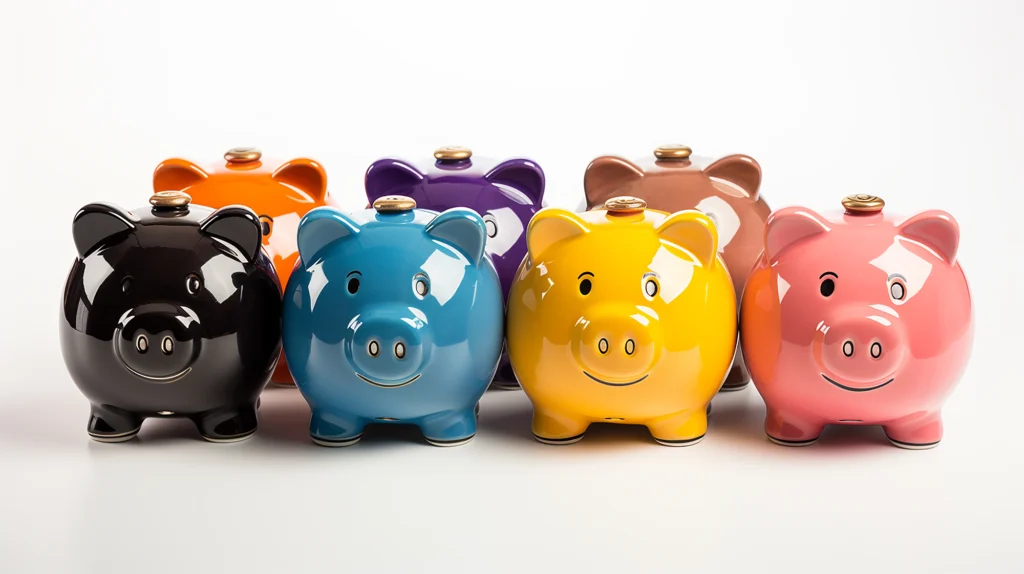Social media has not only provided us with a way to connect with others, search for information, or simply be entertained, but the sheer numbers flocking to platforms such as Instagram has opened up numerous opportunities for advertisers.
Instagram, in particular, has risen to the fore in recent years, due to its compelling combination of an authentic platform, eye catching user numbers, and a demographic that is hugely desirable to advertisers.
Brands and businesses can choose to release content on their own Instagram channels. However, organic advertising has its limitations, and paid advertising offers huge upside, particularly when it comes to targeting the kind of people who are most likely to engage with your content.
When it comes to Instagram advertising, another advantage is the recent figures released by parent company Meta, which showed a potential audience reach of ads on Instagram of over 1.6 billion, as of January 2024.
That many zeroes is impressive in itself, as is the fact that the figure represented year-on-year growth of over 25%.
Finding Your Way

Advertising on Instagram can be a complex process, with a huge number of variables that go into the publication of even the simplest advert. Furthermore, there are no fixed rates relating to advertising on Instagram, so costs can and will be affected by many different factors.
Here at Social Chameleon, we are experts in paid media, particularly when it comes to working with brands and businesses to formulate the right advert for the right target audience.
We also know a thing or two about how much it costs to advertise on Instagram, which we’re all too happy to share!
Ad Auctions

Before we take a deeper dive into the world of Instagram advertising costs, it’s worth breaking down the advertising process itself. Much like its older sibling Facebook, Instagram utilises ad auctions to determine which adverts are shown on their platforms.
Every time someone logs in, it is considered an opportunity to show them an ad, which not only means the ad auction process is always running, but it leads to billions of auctions taking place every day.
Advertisers create content, set a budget, specify which people they are looking to target, and set a whole host of other parameters. Instagram then goes to work, using a variety of factors to decide which ads represent the best fit for both the businesses that have created them and the people being targeted.
We’ll be delving deeper into this process further down the page, but felt it was really important to introduce this concept, as it affects ad costs in a number of ways.
Variable Costs
It’s no shock that there is no set price for advertising on Instagram. It would be great to have a neat and tidy ratecard to cover all eventualities, but there are so many variables when it comes to advertising on Instagram that this just isn’t possible.
Here are some of the main factors that are likely to affect your Instagram advertising budget!
Budgets and Bidding Models

Advertising may be a complicated process, but one fundamental has always remained constant, from Mad Men to Musk, and that’s budget!
At the beginning of the process, you will need to set a maximum budget for your ad campaign. It’s important to stress here that when you’re going up against other ads in the auction process, a higher budget does not necessarily increase your chances of success, as other factors are taken into consideration.
You will never end up paying more than your maximum budget, but you could actually end up paying less, as your actual spend will be determined by your ad’s performance, which is judged by two bidding models, which you can choose from.
The two bidding models are CPC and CPM. The former deals with clicks and the latter deals with impressions, so it’s important to know the distinction between the two. Impressions are simply views of your ad on social media, while clicks are when a user has specifically clicked on the ad.
CPM stands for “Cost per Mille”, which the French speakers and multi-legged insect enthusiasts among you will immediately know means cost per thousand.
With CPM, you are paying a set amount for every 1,000 impressions that an ad receives. CPC, on the other hand, stands for cost per click, meaning that you will pay every time someone clicks on your ad.
Your budget can affect the cost of the ad in that the more you spend, the more users you could potentially reach, pushing up your CPC and CPM numbers, and as a consequence, the price you will pay.
Ad Relevance
The actual monetary bid is just one of the factors that Instagram factors in when deciding who wins an ad auction, with the other two being estimated action rates and ad quality.
Estimated action rates is a way of assessing the probability that showing a particular ad to someone will engage them to the extent that they will interact with it in the way that is hoped for by the advertiser.
Ad quality is more straightforward, in that ads themselves will be judged by different factors, such as the language and visuals being used, and even feedback from viewers.
These two factors combine to measure ad relevance, and if your score is high in this respect, not only could you win bids against higher budgeted ads, but it can lead to a more favourable price for your own adverts.
Objectives

There are numerous objectives that you must pick from when setting up a bid for an Instagram ad. You may wish to boost your posts, secure video views, increase app uptake, or even send people to your website.
Campaigns that are focused on different goals will have differing costs attached.
Target Audience
One of the primary decisions you will make when creating an Instagram ad, is who you want to target. The platform allows you to be very specific, with the expected categories such as gender, age, and language supplemented by even more targeted classifications such as interests, behaviours, ethnic affinity and connections.
Competition to reach valued target audiences can be fierce, and if lots of ads are targeting the same people, this can drive up costs.
Industry
Speaking of competition, another factor that sees different ads squaring up against each other in large numbers is the type of industry or vertical they are aiming to reach.
Huge numbers of Instagram users are interested in content relating to Fashion, Beauty, Food and Drink, and Travel, so these are the industries that tend to have the highest competition for ad space.
Competition can often benefit the consumer but in this case the opposite is true, as costs are likely to increase as a result.
Format
Instagram ads come in many forms, all of which may affect costs. Photos are the simplest ads to place, requiring just one image, often allied with a brief caption, a call to action, and even an external link.
Video ads allow you to tell a more engaging and visually powerful story, and are often more thumb-stopping than their static counterparts. So, for that reason they are often more expensive than photo adverts.
Placement
Instagram is unique among social media platforms in that it offers a couple of different ways to post content, which are the feed itself, as well as the Stories section.
Additionally, when it comes to finding content, the Search and Explore function shows you recommendations based on stuff you have previously interacted with, or have shown an interest in, even if they are from accounts that you don’t follow.
All three features are available for ad placement, and each of them may come with different costs. For instance, feed ads are often more expensive as they receive more prominence.
Timing
We recently took a deep dive into the best times to post on different social media platforms. There is certainly evidence to suggest that Instagram users are more active at certain times of the day. So, if you’re planning to run an ad at those times, expect to pay a premium for it!
In addition, timing can affect costs when it comes to posting ads at different times of the year that see an uptick in consumer activity, such as Christmas, Easter, Black Friday, or even Mothers’ and Fathers’ Day.
Average Costs of Advertising on Instagram

Gone are the days where five-figure advertising budgets were the norm – the rise of digital media saw to that! Furthermore, the cost of advertising on Instagram can be kept to a reasonable amount that can suit individuals and small businesses.
The average Instagram CPC (costs per click) is roughly £0.30 – £0.80, but that could start heading towards the £3.00 mark in highly competitive industries, or when you are targeting valued demographics.
When it comes to CPM (costs per thousand impressions), the price is higher, with an average of around £8.00, which can also fluctuate higher or lower.
Putting it all into Practice

While it’s certainly advisable to have a rough idea of Instagram advertising costs, what is equally as important is knowing which factors can increase or decrease these costs, and how you can bring them down yourself with the ads that you are creating.
At Social Chameleon, paid media is one of the many services that we offer, and our experts in the field can help you navigate a path through paid advertising in all its digital forms, whether they be search engines or social media.
And when it comes to social media advertising in particular, we work with clients to really dial into their core objectives, and use our specialist insights to recommend the right channel and the right audience!